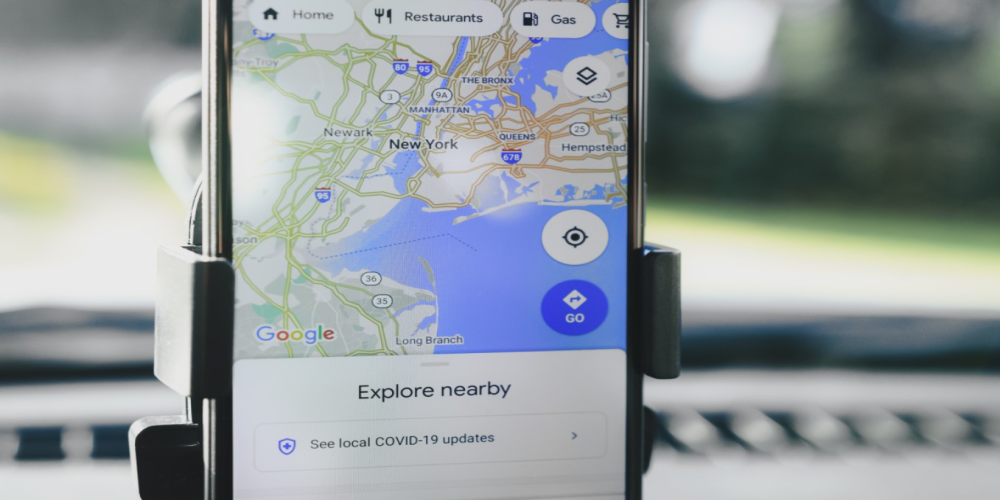
Google Maps has become indispensable for drivers and city navigators alike, constantly updating its features to provide a seamless navigational experience. Understanding the critical role of visual cues in navigation, Google Maps is set to integrate a more immersive visualization feature. Users of Android Auto, as well as Google Maps on Android and iOS devices, can look forward to a significant enhancement in their navigation interface with the introduction of 3D building representations—a development that is sure to elevate the conventional mapping experience to a new level of precision and convenience.
The addition of 3D buildings to the Google Maps navigation system aims to provide a more intuitive understanding of surroundings by mimicking the real-world environment. Currently, the feature is in a testing phase, and some users have already observed the three-dimensional building illustrations coming to life on their screens. To benefit from this feature during navigation, one must enable the 3D view in the Google Maps settings before embarking upon their journey. Once activated and with the appropriate zoom level, users can witness the map adorned with detailed building outlines, enhancing situational awareness, particularly in densely constructed cityscapes.
As it stands, the feature is rolling out incrementally, reaching select individuals across the globe. The exact timeline for a wider release remains undisclosed, but anticipation is high amongst users for whom such visual details could simplify the navigation task. Whether maneuvering through unfamiliar streets or locating a specific destination among a skyline of towering structures, the 3D buildings feature could provide valuable context to facilitate easier and more efficient travel.
Users who have experienced the feature in action have shared their insights and visuals on platforms like Reddit, discussing the benefits and offering feedback. The collective response hints at a welcoming attitude towards the enhancement, citing that this additional layer of navigational support can substantially reduce confusion and improve the overall driving experience. The screenshots and personal accounts serve as testimonials, creating a buzz around this new feature's potential impact.
The integration of 3D buildings into Google Maps' navigation is a progressive step by Google, reflecting its dedication to leveraging technology for improved functionality. While the update is still making its way to the masses, the early impressions suggest that this feature could substantially affect the way we use maps for daily navigation. Given that navigating densely populated urban environments can be challenging, this update could provide meaningful visual cues to ensure a smooth and clear journey. With eager anticipation, users and tech enthusiasts alike wait for the global rollout, ready to embrace the next evolution of digital navigation.